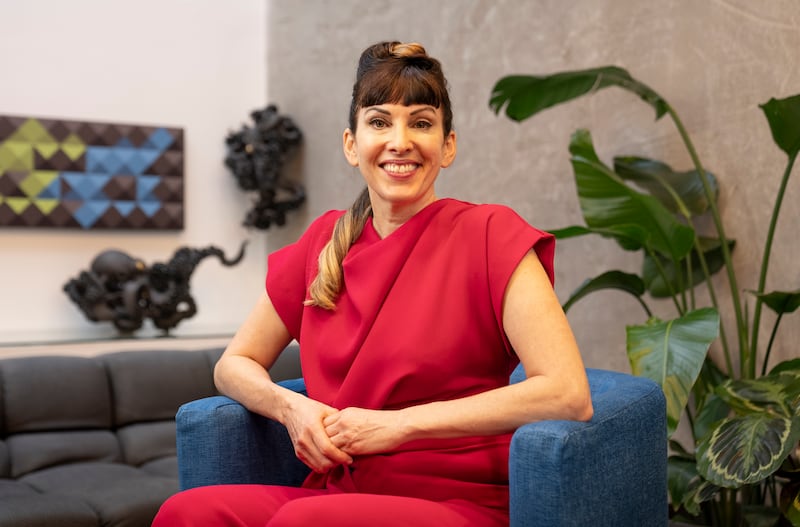In 1834 two men weighed down by suitcases bursting with cash hurriedly fled New York by boat. These were the Crawcour duo, who didn’t let the minor detail of not being dentally trained deter them from their money-making scheme of defectively filling half of New York’s finest teeth using a material with the disarmingly persuasive name of Royal Mineral Succedaneum.
The pair left a trail of incensed, pain-ravaged citizens in their wake and narrowly evaded an arrest warrant. When the real dentists discovered the dental carnage, and that the Succedaneum was actually metal coins melted down and mixed with mercury there was uproar and much angry wagging of forceps.
However, the practice of filling teeth with metal amalgam (albeit upgraded versions of the Crawcours compound) has stuck due to it being easy to use, strong, and cheap. The European Union has brought forward its proposal to reduce mercury in the environment and wants to phase out the use of dental amalgam from January 2025, five years earlier than first planned.
Currently, an estimated 40% of dental fillings are performed using amalgam, and most of these are done under the NHS. The issue with white fillings is that it tends to take significantly more time to place them ideally. The white filling materials also cost substantially more than amalgam. Sufficient time and money are two resources that are, as to be expected, always out of reach of the NHS.
As Eddie Crouch, the chair of the British Dental Association, emphasises: “When alternative materials can’t compete, this will add new costs and new uncertainties to NHS practices already on the brink. When we are set to lose a key weapon in the treatment of tooth decay, all four UK governments appear asleep at the wheel. Without decisive action, this could be the straw that breaks the back of NHS dentistry.”
This year we are set to witness a sea change in how NHS dentistry in Northern Ireland is carried out. Although the uncertainty is worrisome to patients, this could be an opportunity to reduce amalgam usage and create a system that targets the most vulnerable patients in an enhanced way, utilising the latest advancements in dental materials and the available resources to their maximum capacity.








